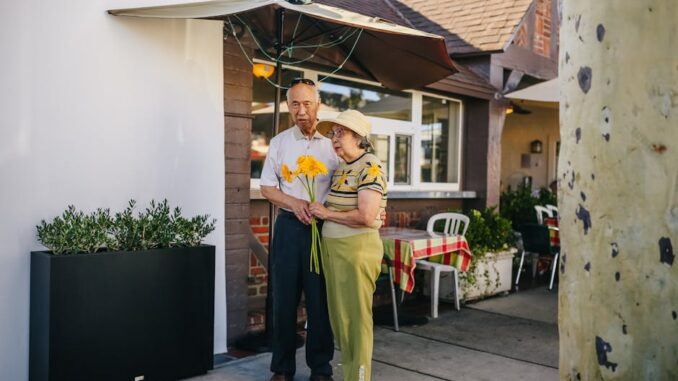
The University of Iowa is at the forefront of transforming geriatric healthcare, especially within assisted living facilities. Their innovative strategies encompass interdisciplinary collaboration, telemedicine integration, and a strong commitment to age-friendly initiatives.
Interdisciplinary Collaboration in Assisted Living
In assisted living settings, the University of Iowa employs interdisciplinary healthcare teams to address the complex needs of older adults. These teams, comprising nurses, pharmacists, social workers, and other specialists, work cohesively to provide comprehensive, patient-centered care. For instance, a pharmacist collaborates with a nurse to adjust a resident’s medication regimen, while a social worker addresses the emotional and social aspects of the resident’s care. This holistic approach ensures that all facets of a senior’s health are managed in a coordinated manner. (myweb.uiowa.edu)
Advancements in Telemedicine
The integration of telemedicine has been a game-changer in geriatric care. The University of Iowa has implemented telemedicine services in long-term care facilities, allowing residents to consult with specialists remotely. This approach reduces the need for hospital visits, minimizes transportation challenges, and ensures timely medical attention. For example, Pleasantview Home in Kalona became the first Iowa facility to offer University of Iowa geriatric mental health care through telemedicine, made possible by a $500,000 U.S. Department of Agriculture grant. (uihc.org)
Age-Friendly Initiatives
The University of Iowa is deeply committed to age-friendly initiatives, aiming to provide safe, high-quality care to all older adults. They utilize the “4Ms” framework: What Matters, Medication, Mentation (Mind), and Mobility. This evidence-based approach ensures that care is tailored to the individual needs and preferences of older adults, promoting their overall well-being. (igec.uiowa.edu)
Through these innovative approaches, the University of Iowa is setting a new standard in geriatric healthcare, ensuring that older adults receive the compassionate, comprehensive care they deserve.
References


Given the success of telemedicine in long-term care, what are the primary barriers preventing its wider adoption across other assisted living facilities, especially regarding infrastructure and training?
That’s a great question! Infrastructure and training are definitely key challenges. Beyond the initial investment, ongoing tech support and digital literacy training for both staff and residents are essential for successful implementation and sustained use of telemedicine in assisted living facilities. The human element is vital. What strategies do you think could overcome these hurdles?
Editor: MedTechNews.Uk
Thank you to our Sponsor Esdebe
The interdisciplinary teams sound promising. How do you measure the effectiveness of these teams in improving patient outcomes compared to more traditional care models in assisted living?
That’s a great question! Measuring the effectiveness of interdisciplinary teams is key. We’re looking at several metrics, including reduced hospital readmission rates, improved medication adherence, and enhanced patient satisfaction scores compared to traditional models. Further research is being conducted to refine these measurements and understand the long-term impact. What other metrics do you find valuable?
Editor: MedTechNews.Uk
Thank you to our Sponsor Esdebe
The “4Ms” framework (What Matters, Medication, Mentation, and Mobility) is a great foundation. How are these principles being integrated into the design of assisted living spaces themselves to better support residents’ needs and preferences?
That’s a fantastic point! Considering the environment is crucial. The University of Iowa is exploring how the ‘4Ms’ can inform design, such as creating spaces that promote mobility through accessible layouts and stimulating mentation with memory-friendly design elements. Could universal design principles play a role here?
Editor: MedTechNews.Uk
Thank you to our Sponsor Esdebe